DC Comics is trying something new. In the wake of their Rebirth initiative, the publisher has rapidly expanded its content to include diverse new imprints such as Young Animal, Wildstorm, Wonder Comics, Black Label, Ink, and Zoom. As their lineup expands, it can be hard to figure out what to pick up each week. That’s what our team is here to help with, every Wednesday, with the DC Round-Up!
THIS WEEK: We look at Cover #3’s continued use of meta storytelling. Also, American Carnage #1 is another strong debut for a new Vertigo title.
Note: the reviews below contain spoilers. If you want a quick, spoiler-free buy/pass recommendation on the comics in question, check out the bottom of the article for our final verdict.
 Cover #3
Cover #3
Writer: Brian Michael Bendis
Artist: David Mack
Essad Sinns Art: Bill Sienkiewicz
Digital Coloring: Zu Orzu
Letterer: Carlos M. Mangual
It’s been interesting to watch Brian Michael Bendis revive his creator-owned Jinxworld imprint at DC, essentially relaunching it back in August. Bendis has returned old titles (Scarlet with Alex Maleev, The United States of Murder, Inc. with Michael Avon Oeming) and rolled out new concepts, including tattoo-heavy San Francisco-set yakuza romance Pearl, a collaboration with Michael Gaydos. The breakout title of the line, however, is fast-becoming the meta comic book creator spy thriller, Cover.
As with other Jinxworld books, Bendis is collaborating on Cover with an artist he’s known for decades and casually refers to in interviews as an uncle to his kids. This time it’s watercolor painter David Mack (who also did the Emmy-winning title sequence for the Jessica Jones TV show on Netflix). Cover is more than just a standard collaboration between a comic writer and artist. Bendis and Mack are also two of the starring characters within the book, albeit with their names changed and identities exaggerated. Still, the two are recognizable enough.
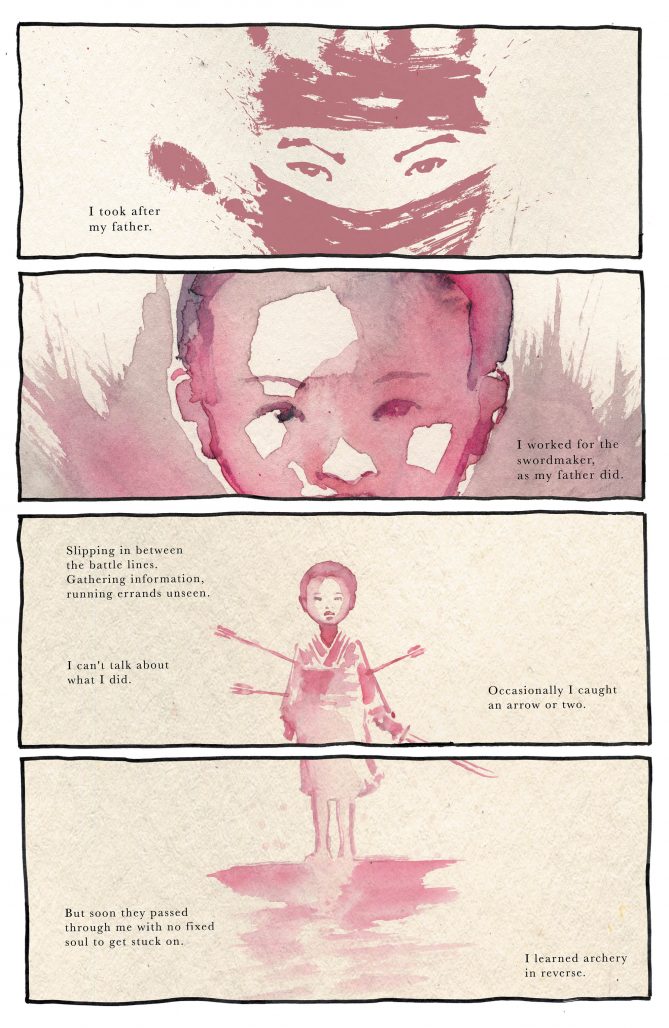
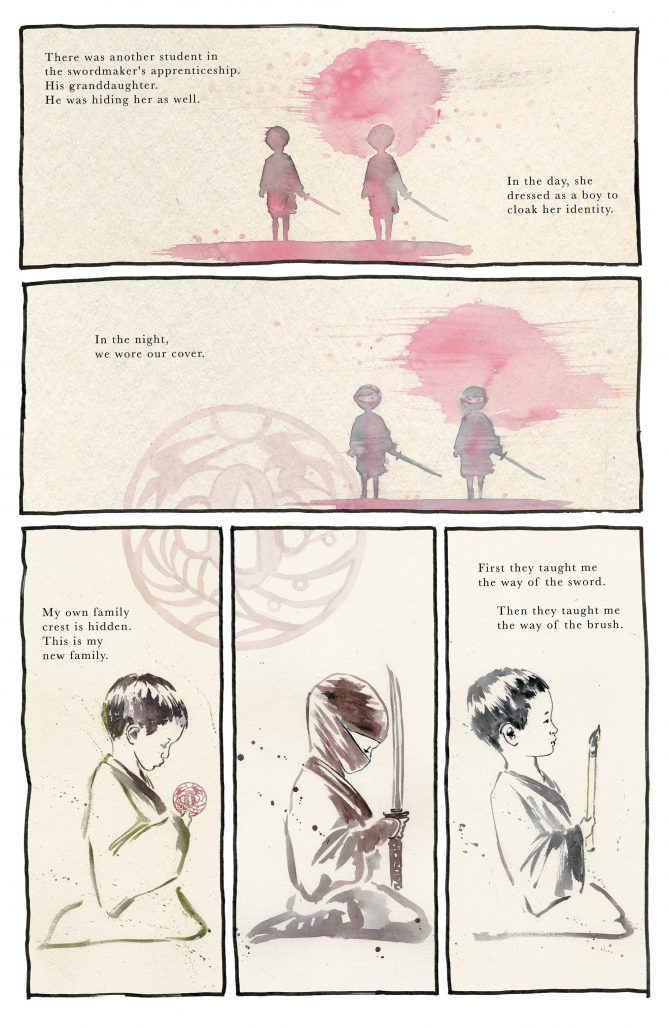
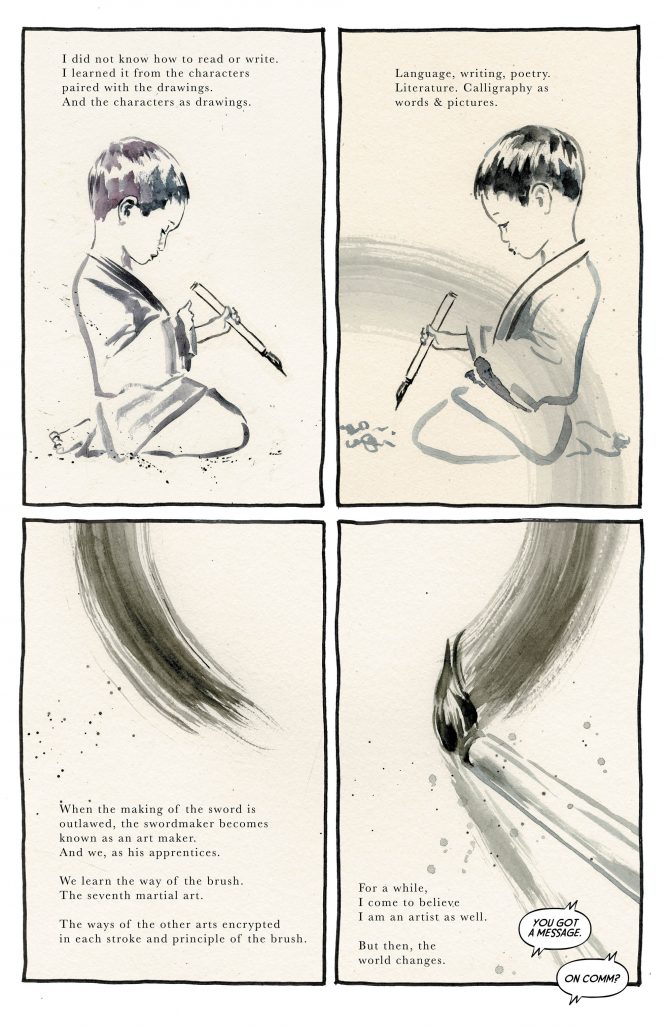
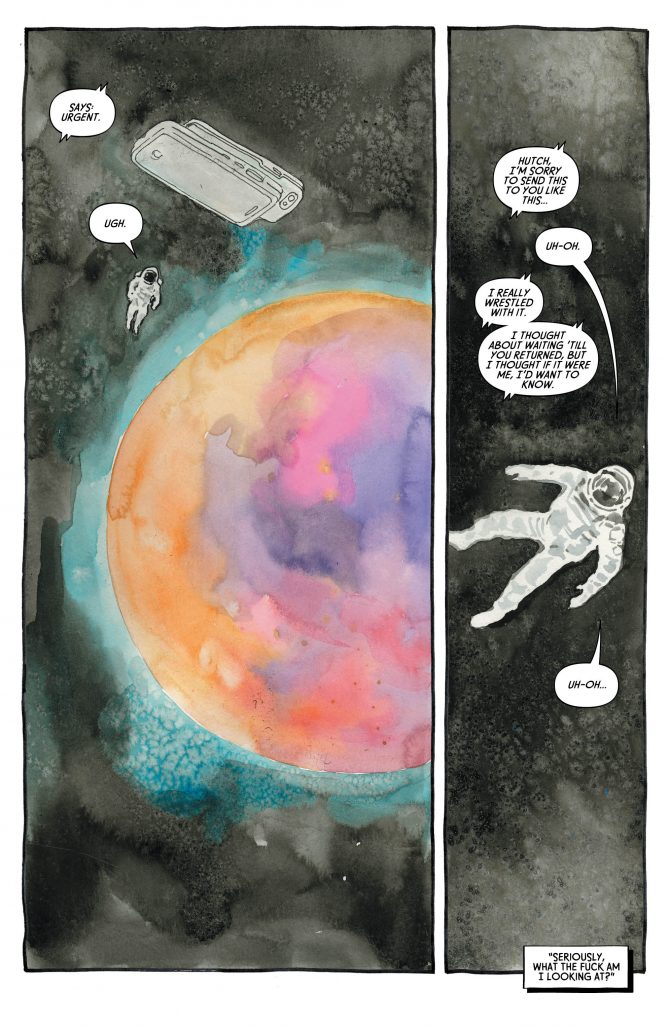
Verdict: Buy
 American Carnage #1
American Carnage #1
Writer: Bryan Hill
Artist: Leandro Fernandez
Colorist: Dean White
Letterer: Pat Brosseau
Bryan Hill and Leandro Fernandez’s American Carnage #1 is the third title in DC’s ongoing Vertigo Rebirth, and like its imprint mates, it deals in subject matter torn from today’s headlines. Other comics have so far dealt with mythical monsters born of racism on the U.S.-Mexico Border and with a society of witches manipulated into subservience to patriarchal ideals. American Carnage is about a disgraced FBI agent going undercover in a white supremacist movement to investigate the murder of one of his former colleagues. Hill has described it at conventions as, “white supremacist Game of Thrones,” noting the book will go to uncomfortable places to realistically portray the hate mongers at its core, potentially humanizing them.
This first issue brandishes that discomfort right from its start. Page one is a nine-panel grid depicting a battered FBI agent in a formal proceeding, discussing the death of a fellow agent. Captions and dialogue are set atop a suspect, his wife, and their infant child, a smiling baby boy…who is also swaddled in a Nazi flag. Page two next shows the murdered agent hanged in a tree above his dead dog as an idyllic family home burns behind him, racial epithet scrawled on a sign around his neck. These pages function well in tandem, as if to say, yes members of hate groups are real people with families of their own, but they are also broken in dangerous ways that pose threats to others and themselves.
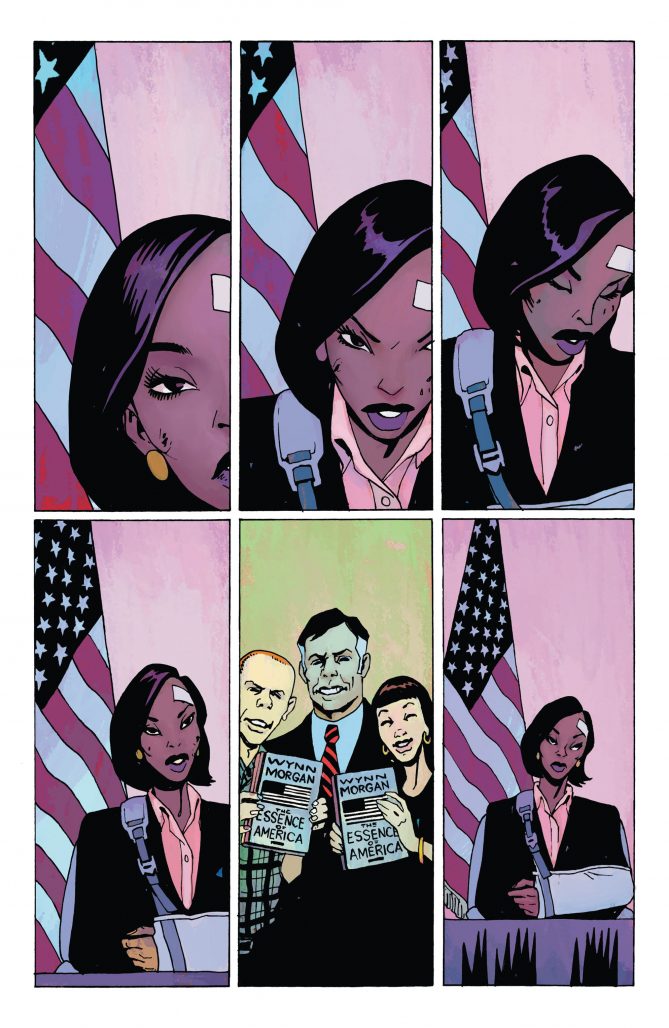
We don’t see the main character until the first third (essentially the first act) of this comic has concluded, with Hill and Fernandez instead using pages one through seven to detail the case he will later investigate. That’s all fine, almost standard really in stories with a crime at their centers. The art and writing here are executed so well anyway that most readers will be both engrossed and oriented from the story’s start. The main strength of this debut is perhaps its ratio of relevance to character and plot. It’s a tricky balance, to be sure, and it obviously remains to be seen if the creative team can maintain it. The first issue is a strong one, though, well-paced and ending on a one-two punch of cliffhanger and powerful imagery (look for the little boy with the iPad—ouch) that has me intrigued by American Carnage’s potential.
Verdict: Buy
 Round-Up
Round-Up
- In Batman #59, Tom King’s Knightfall 2018 continues, with Bane playing a more cerebral, gaslit game now. King’s deep Bruce Wayne character study aside, I’m appreciating this run’s timely idea of a foe attacking in amorphous ways tough to pin down (ahem, Russia analog, ahem…).
- Dan Abnett certainly makes an exit this week, concluding a run of three years and 50-plus issues (counting miniseries and tie-ins) with Aquaman #42, a fever dream in which Arthur gets a pep talk from his dad atop a sea of blood before waking up to land a monster uppercut on Poseidon. Go big, right?
- Speaking of big, in Justice League #12 the Drowned Earth story continues, a war of attrition illustrated here with wonderfully-nightmarish Frazer Irving artwork. There’s also a tantalizing mention of the ideological chess match raging between Martian Manhunter and Lex Luthor, which breaks down to cautious passivity versus reckless proactive use of power. I’m looking forward to more of that soon.
- If you’re still reading Damage, this week’s issue features a novel reward: a battle with Flash, Guy Gardner, Vixen, and Green Arrow, which is basically like watching them fight the Hulk.
- Finally, between last month’s Batman: Secret Files and this week’s Justice League Dark, Detective Chimp has become one of the more emotionally complex characters in the DCU. That’s right, Detective Chimp.
Miss any of our earlier reviews? Check out our full archive!


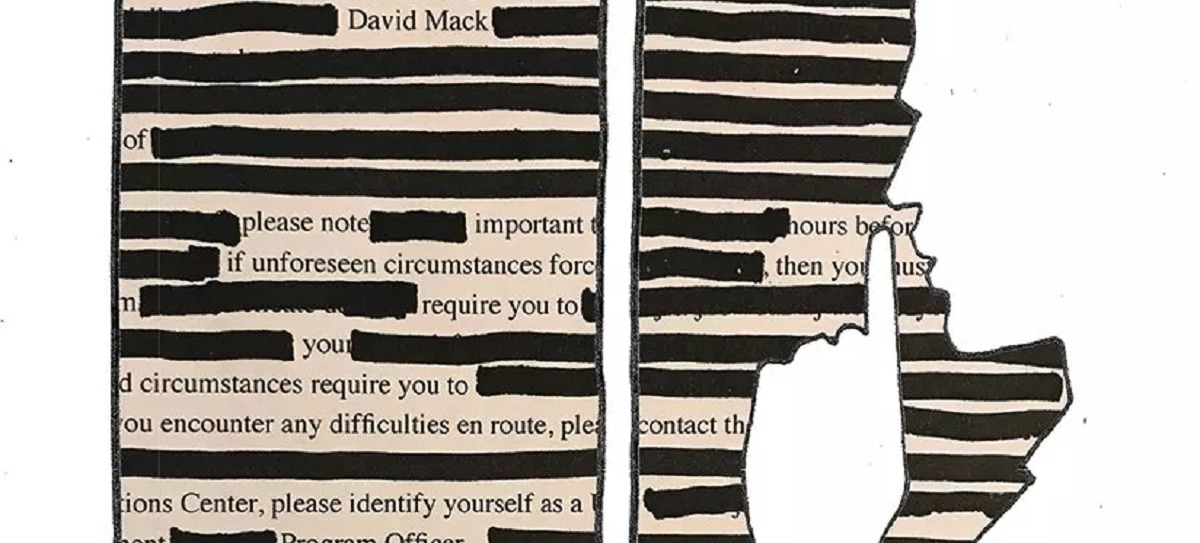
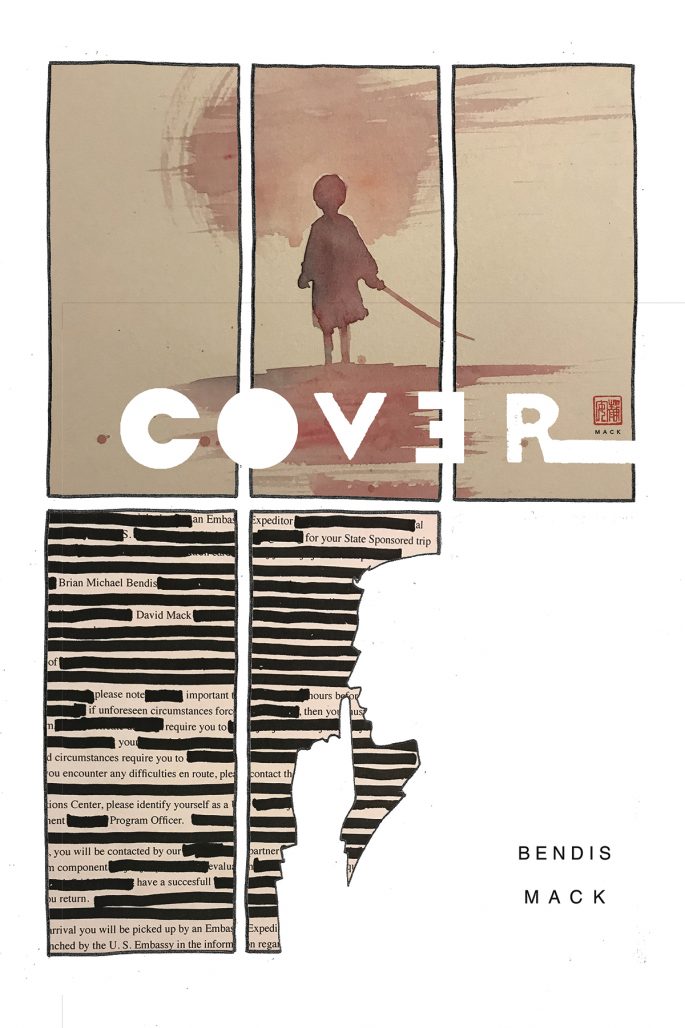
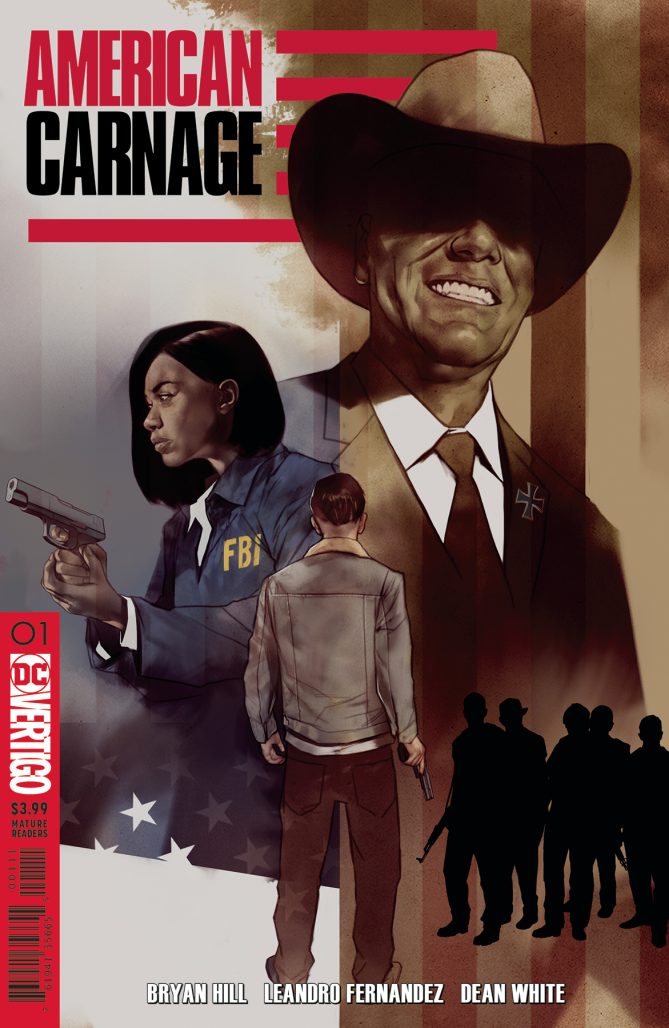
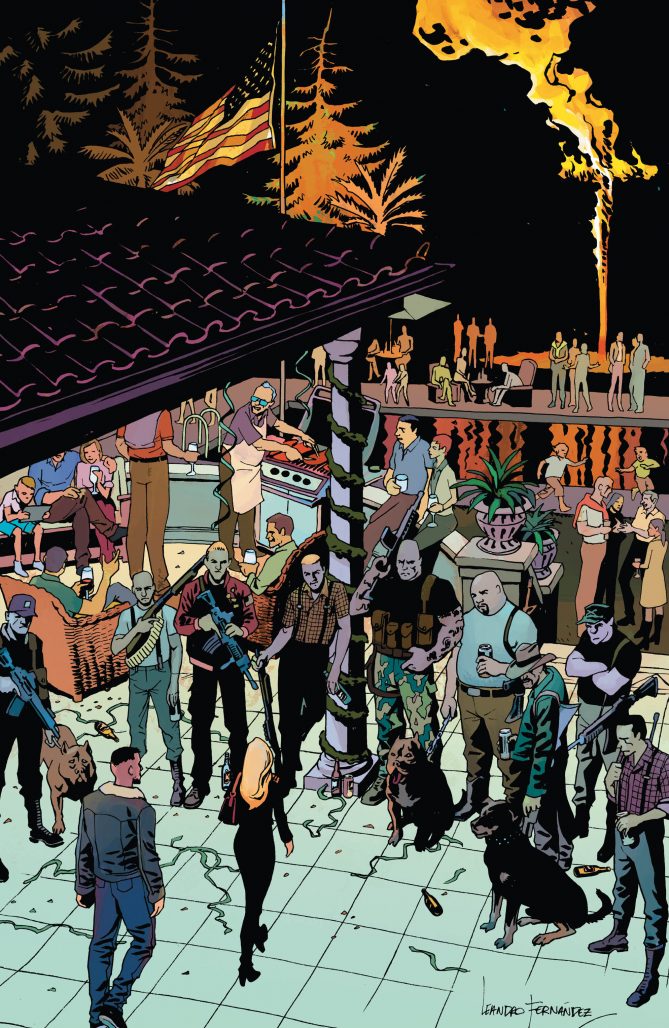
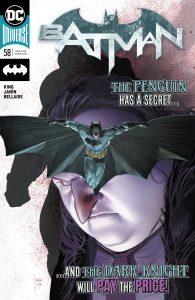






Justice LEague Dark and Aquaman were the two definite stand outs for me this week.
David Mack did not won an Emmy for Jessica Jones, he was only nominated.
Comments are closed.